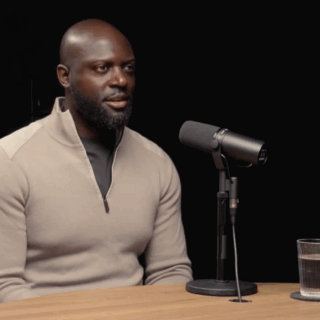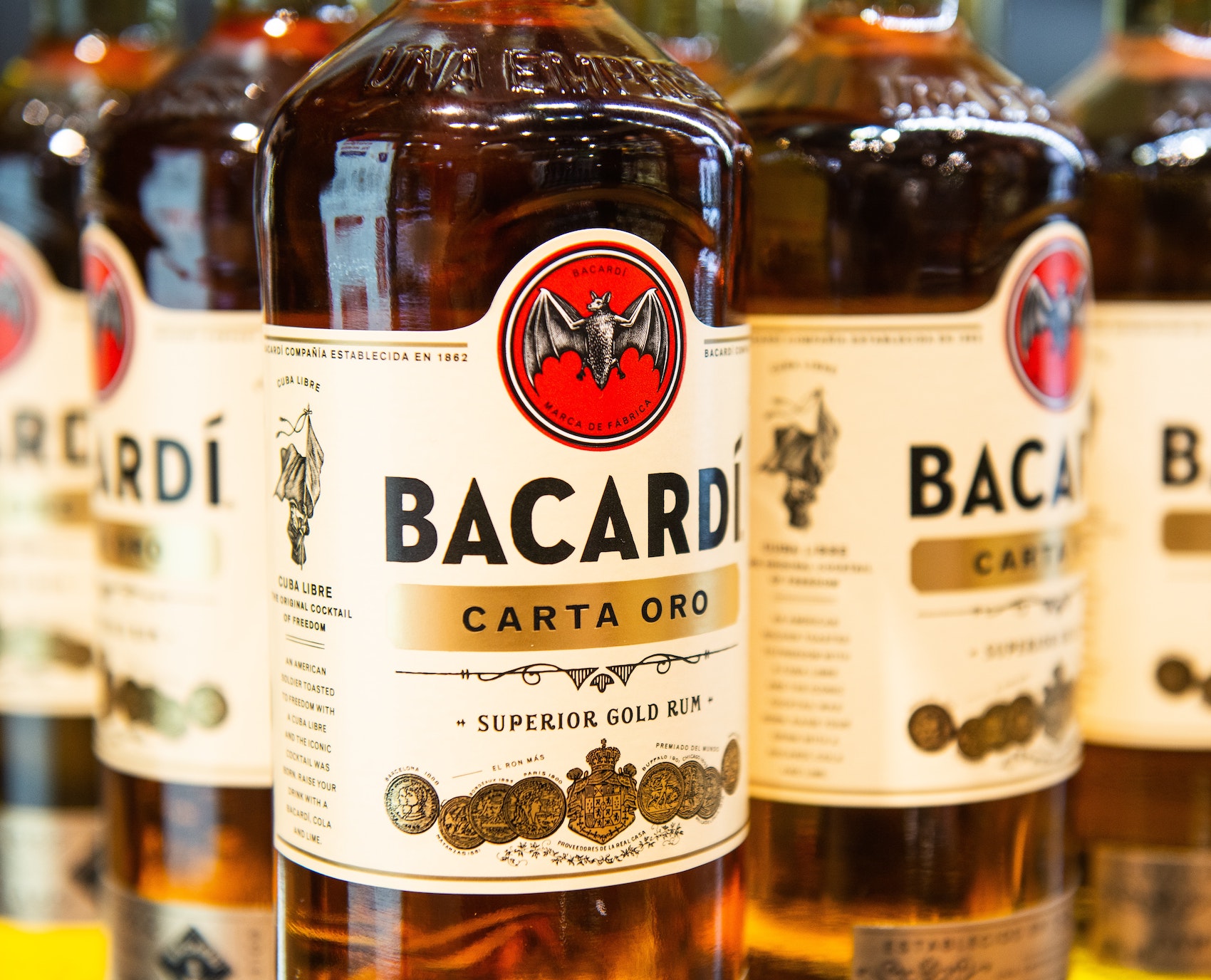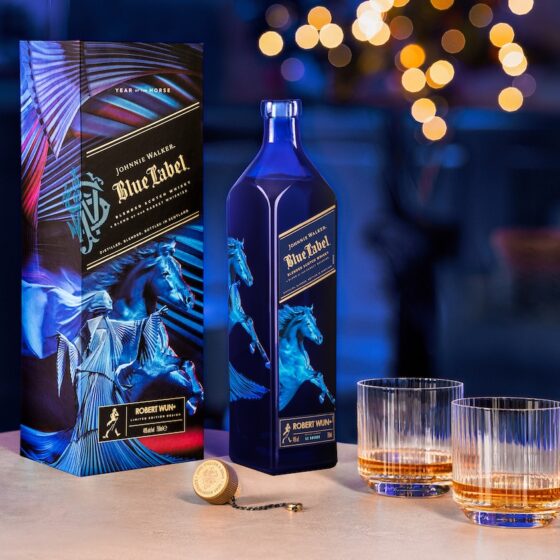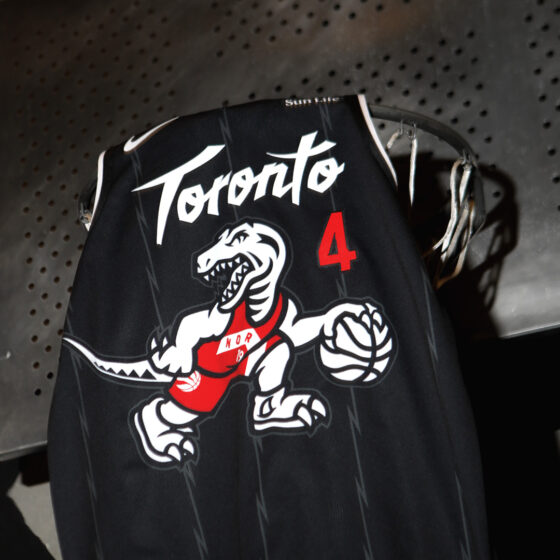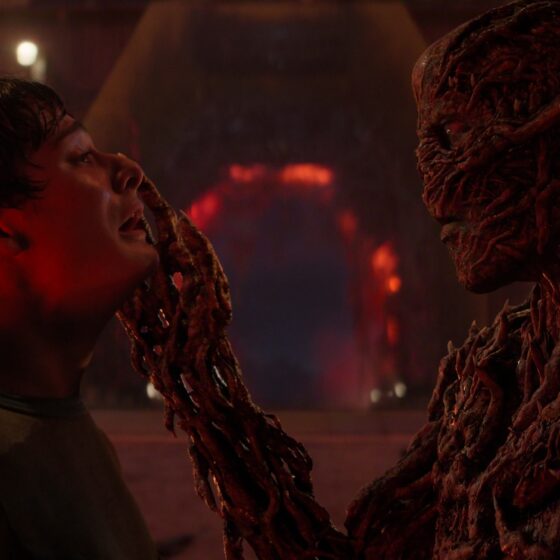You’ve likely enjoyed tasty rum cocktails like a Pina Colada, Mojito or a Rum Punch on a vacation at your favourite all-inclusive. Or maybe you have a mixologist or bartending friend who has mixed you up an urban cocktail with rum inside. But what exactly is rum and why do we love it so much?
See also: Gift Guide for the Foodie Gent>>>
I sat down with Rum Expert and Bacardí Ambassador, Kris Bahamondes to get more of an inside look on a liquid we all know, but might not know much about. Kris is very excited about educating people about Rum, he says that the drink is known around the globe as a very diverse drink and that it is a great liquor to have fun with.
ADVERTISEMENT |
The History
We all know that alcohol has been around a while, but how old exactly is rum-making? According to Kris, rum making pre-dates 0 A.D. (in a sense). Even during B.C., humans were fermenting and drinking sugar-based beverages. With distillation and purposeful aging, rum developed into a more refined practice. In modern times, techniques such as charcoal filtration and the use of proprietary yeasts allow producers to create unique and spectacular rums that can impress any palette.
Rum was also once a commodity and predates modern history, so it has made appearances on many important global trade routes throughout history and woven its way into countless stories.
Eco-Friendly
Seeing how sustainability is such a big buzz word, we got to talking about how rum fits into sustainability. Kris reminds us that rum making is spirit making, and there are countless ways for more sustainable production.
ADVERTISEMENT |
“Many companies take sustainability very seriously and do everything they can do to reduce their carbon footprint and make things better for future production.”
For example, the Bacardi distillery in Puerto Rico captures the CO2 emissions created during the fermentation process and use it to power parts of the distillery. This saves on additional energy usage as well.
Versatility
Seeing how rum is fermented and distilled, it’s a versatile spirit gaining momentum with cocktail lovers and bartenders alike. Rum can be white or amber. The darker the rum, the more time the rum has spent in barrels aging. Each has different flavour and aroma profiles making it a great spirit to get creative with
ADVERTISEMENT |
“Rum is a huge spirit category with flavour profiles that go all the way from crisp and refreshing, to warm and mellowed”.
Kris says there is almost no cocktail that doesn’t taste good with rum. White rums work best in refreshing cocktails like the daiquiri or mojito. Premium aged rums work well in whiskey-style cocktails such as the Old Fashioned or Manhattan.
Rum is great in a cocktail and has diverse tasting profiles making it a great spirit to work with. But what about rum and food pairings, is that even a thing?
ADVERTISEMENT |
“The best way to approach rum is like wine. Wine can be made anywhere in the world, but always from one ingredient – grapes, and yet different wines taste totally unique from one another and each pair in their own way with different foods. Rum is the exact same”
Global
Rum can be made all over the world and is always made with one ingredient: sugar cane. Every rum has a unique flavour profile. So pairing foods with it that are complimentary or contrasting in profile is how you want to go!
Kris says a good rule of thumb though is to blend white rums with acidic dishes such as a ceviche or other citrus driven seafood dishes. Premium aged rums and their warm flavour profiles can blend well with dessert or meat heavy dishes. That sounds a lot like food and wine pairing to me!
Ok, so where in the world are they making rum these days? It can be made all over the world, but what else do we need to know about it!?
ADVERTISEMENT |
Kris tells us that now most rums are made from molasses because it is stable and can be transported anywhere in the world, fermented and distilled. So, rum can be made quite literally anywhere they can find or buy molassis, including here in Toronto!
“However, the one downside to rum being global is there is no single governing body that controls rum production the way the CRT does with Tequila or the BNIC does with Cognac. This means rum producers can put misleading information on their labels leading the consumer to believe they’re purchasing something better than what they’re actually getting. Some countries do put regulations on producers, but these regulations are not standardized from country to country.”
Ok, then how do we know what to do and what to drink? Kris reminds us to do your homework and know what you’re drinking. The label doesn’t always mean what you think it does!
His final words are, “drink what you like. If you enjoy the flavour of a rum, that’s what matters the most!” and personally I agree!
